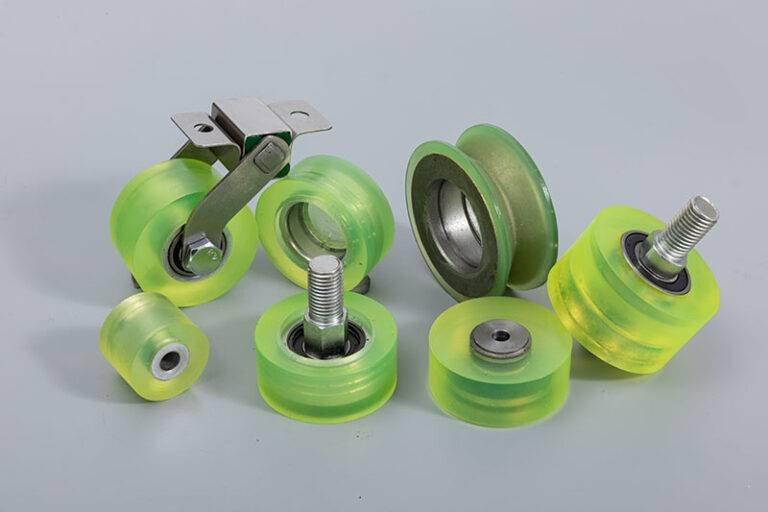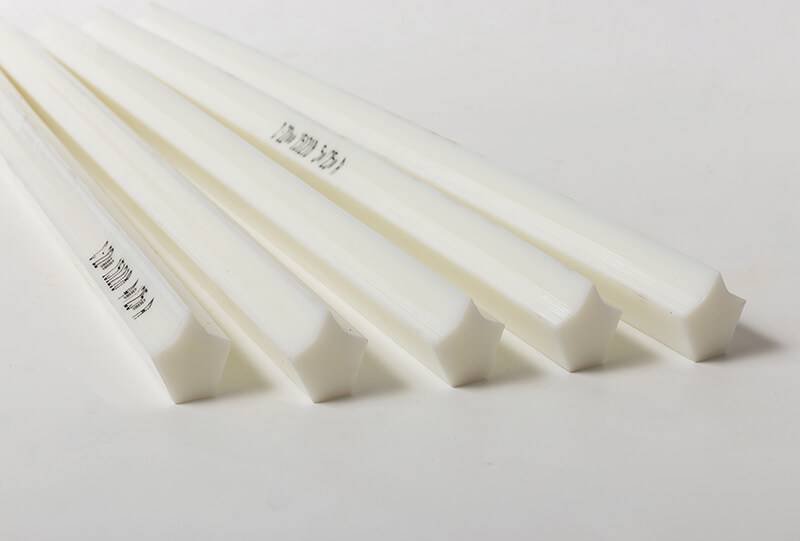As industries strive for more sustainable practices, the recycling of polyurethane (PU) has become essential in promoting a circular economy. Polyurethane is used extensively in products ranging from flexible foams to rigid coatings and adhesives. However, with millions of tons of PU products discarded annually, finding ways to recycle and repurpose this versatile material is crucial for reducing waste and conserving resources.
This article dives into the importance of polyurethane recycling, exploring the methods, benefits, and impact on sustainable manufacturing.

The Importance of Polyurethane Recycling
Polyurethane offers high durability and versatility, but like many synthetic materials, it poses disposal challenges. Traditional waste management approaches, such as landfilling or incineration, are unsustainable due to environmental impact and limited landfill capacity. Recycling PU helps to minimize waste, reduce reliance on fossil fuels, and lower greenhouse gas emissions associated with the production of new materials.
- Environmental Impact: Recycling PU reduces waste in landfills, conserves resources, and decreases the need for virgin raw materials.
- Sustainability Goals: Embracing polyurethane recycling aligns with corporate social responsibility (CSR) and global sustainability goals, such as the United Nations’ Sustainable Development Goals (SDGs).
Why It Matters: By recycling polyurethane, manufacturers contribute to a more sustainable future, supporting resource conservation and lowering the environmental footprint of PU products.

Methods of Polyurethane Recycling
Polyurethane can be recycled through several methods, each suited to specific PU types and applications. Here are the most common recycling methods used to repurpose polyurethane:
1. Mechanical Recycling
Mechanical recycling involves grinding polyurethane waste into smaller particles, which can then be reused in various applications, often in the form of reconstituted foam. This process works well for flexible PU foams commonly used in automotive seating, mattresses, and furniture.
- Process: Polyurethane waste is shredded, ground, and sometimes combined with adhesives to form new, usable products.
- Applications: Mechanically recycled PU is used in carpet underlay, insulation materials, and soundproofing panels.
- Environmental Benefit: This method reduces the need for virgin materials, conserving resources and lowering emissions associated with new PU production.
Why It Matters: Mechanical recycling extends the lifespan of PU products by converting waste into secondary products, reducing landfill impact and contributing to sustainable resource use.
2. Chemical Recycling
Chemical recycling breaks down polyurethane into its raw chemical components, which can then be reused to create new polyurethane products. This process is complex and energy-intensive but offers a way to fully reclaim the material’s value and recycle PU without degradation in quality.
- Process: Techniques like glycolysis, hydrolysis, and aminolysis are used to depolymerize polyurethane back into its polyol and isocyanate components.
- Applications: Chemically recycled PU is repurposed for high-performance applications, such as automotive components and industrial parts.
- Environmental Benefit: Chemical recycling enables closed-loop recycling, reducing demand for virgin raw materials and associated environmental impacts.
Why It Matters: Chemical recycling provides a high-quality output that can replace virgin materials, making it a valuable solution for high-performance PU applications in sustainable manufacturing.
3. Feedstock Recycling
Feedstock recycling, also known as thermal recycling, involves breaking down polyurethane waste through high temperatures in a controlled environment to produce synthetic gases and oils. These products can be used as alternative energy sources or as feedstocks for creating new PU or other polymers.
- Process: Polyurethane is thermally decomposed to produce syngas (synthetic gas) and oil, which are then used as energy sources or raw materials.
- Applications: The byproducts of feedstock recycling are used as fuel or in the synthesis of new chemicals for industrial applications.
- Environmental Benefit: This method reduces dependency on fossil fuels, recovers energy from waste, and reduces landfill disposal.
Why It Matters: Feedstock recycling supports waste-to-energy initiatives, creating a renewable energy source from PU waste and minimizing the need for new raw materials.
4. Rebonding
Rebonding is a method specifically for flexible PU foams. It involves shredding the foam into small pieces, which are then bonded together to form a dense, durable material. This is a simple and effective way to recycle PU without significant processing.
- Process: PU foam is shredded and bonded under pressure, typically with an adhesive, to form a new, durable product.
- Applications: Rebonded PU is used in carpet underlay, athletic mats, packaging materials, and sound insulation.
- Environmental Benefit: Rebonding extends the product lifecycle and reduces waste, supporting sustainable product use.
Why It Matters: Rebonding provides a straightforward, low-energy recycling solution for flexible PU, offering manufacturers an easy way to incorporate recycled materials.

Benefits of Polyurethane Recycling
Recycling polyurethane offers multiple advantages for both the environment and the economy, making it a critical step in sustainable manufacturing.
1. Resource Conservation
By recycling PU, manufacturers reduce the need for virgin materials derived from fossil fuels. This conservation of resources helps lessen the environmental burden of raw material extraction, contributing to more responsible and sustainable resource management.
Why It Matters: Using recycled materials conserves natural resources, reduces pollution from extraction processes, and aligns with circular economy principles.
2. Reduced Carbon Emissions
Recycling PU significantly reduces greenhouse gas emissions associated with producing new polyurethane from raw materials. For example, using recycled PU in manufacturing requires less energy than producing PU from scratch, leading to a smaller carbon footprint.
Why It Matters: Lower carbon emissions help companies meet environmental regulations, enhance CSR, and contribute to global climate goals.
3. Lower Disposal Costs
Recycling polyurethane helps companies avoid disposal costs associated with landfills and waste management. By finding new uses for PU waste, businesses can turn waste into a valuable resource, reducing costs and promoting sustainable waste practices.
Why It Matters: Reducing waste disposal costs directly benefits the bottom line and supports a more sustainable and economically viable approach to resource management.
4. Enhanced Brand Reputation
Eco-conscious consumers and clients prefer companies committed to sustainability. By actively recycling PU, manufacturers can enhance their brand image and appeal to a broader customer base that values green practices.
Why It Matters: Demonstrating a commitment to sustainability strengthens brand reputation, builds customer loyalty, and opens new market opportunities in an environmentally-conscious market.

The Future of Polyurethane Recycling
Polyurethane recycling is a growing industry, with new technologies and methods continually emerging to improve efficiency and output quality. Innovations such as bio-based polyols for biodegradable PU and advanced chemical recycling techniques promise to further reduce the environmental footprint of PU products.
As the demand for sustainable materials grows, industries that embrace PU recycling will be at the forefront of eco-friendly practices. Manufacturers who prioritize PU recycling not only contribute to a circular economy but also demonstrate their dedication to sustainable innovation.

Pengde Rubber Plastic Co., Ltd.: Supporting Sustainable Manufacturing with Polyurethane Solutions
At Pengde Rubber Plastic Co., Ltd., we are committed to sustainability and the responsible use of resources. We offer a wide range of polyurethane products that support recycling efforts, including:
- Polyurethane Rubber Sheets: Durable and reusable, these sheets help reduce waste and offer long-lasting solutions for industrial applications.
- TPU Belts: Made with sustainability in mind, our TPU belts are built for longevity, supporting reduced material use and resource conservation.
- PU Squeegees: Our high-quality PU squeegees are designed for extended use, minimizing the need for replacements and promoting waste reduction.
For more information on how we can help your business achieve its sustainability goals through our polyurethane solutions, contact us at pengde2@pengde-pu.com. Join us in embracing a greener, more sustainable future.


